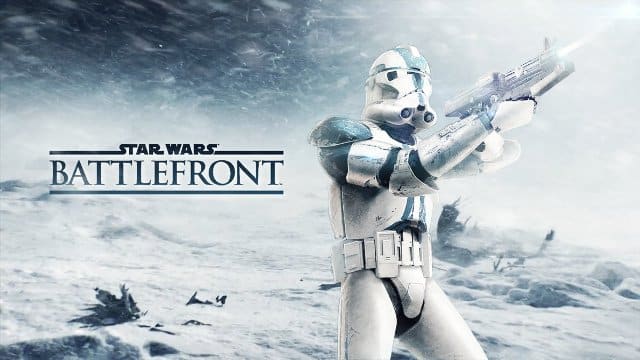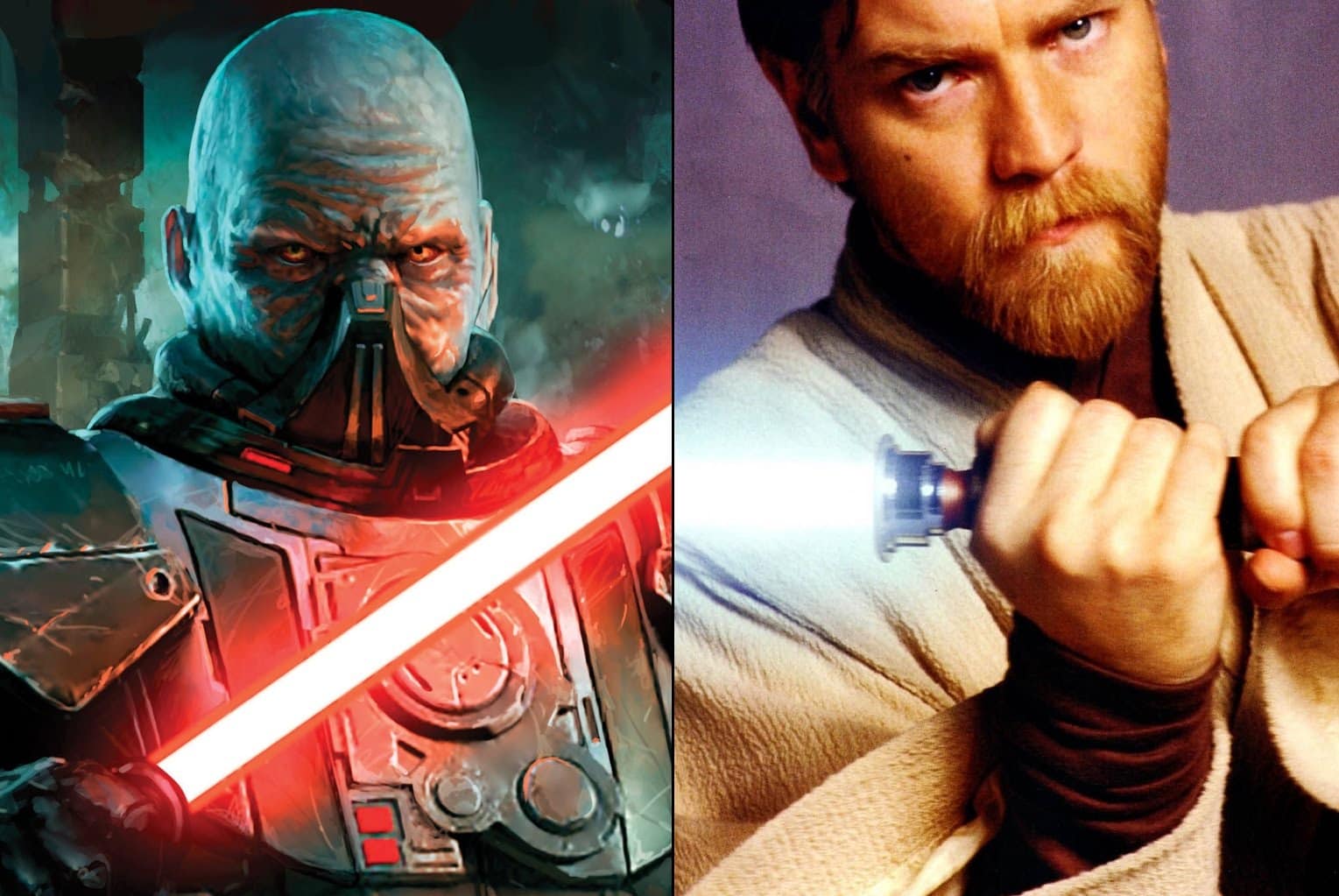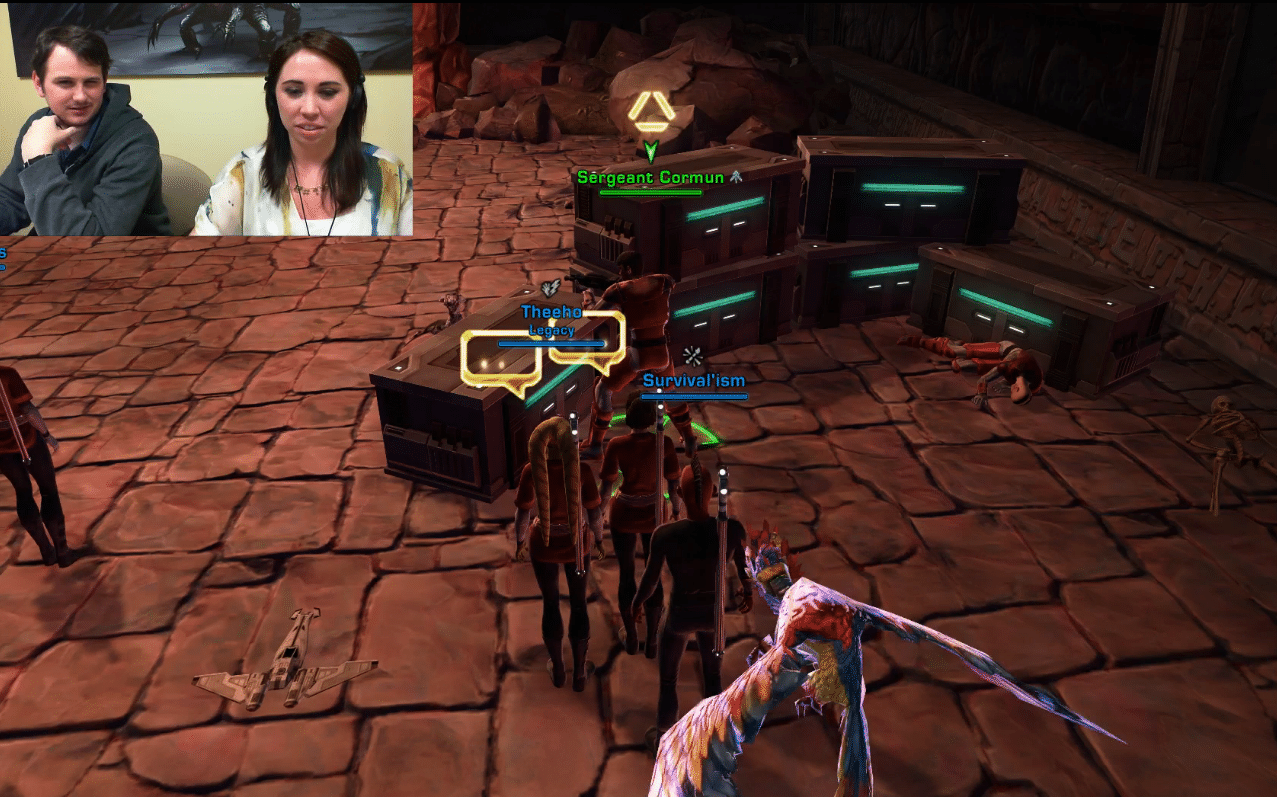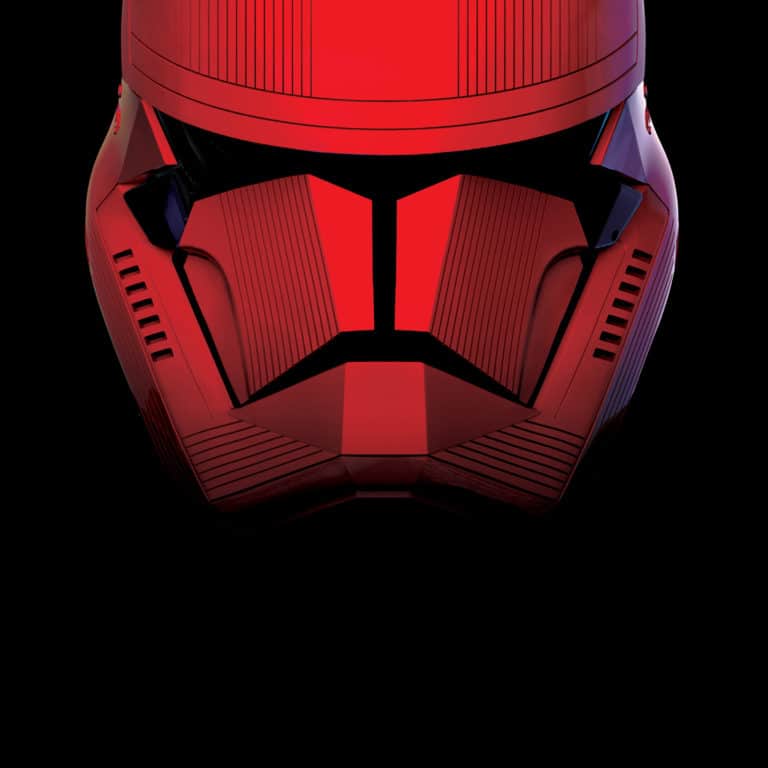The E3 trailer of Star Wars: Battlefront, presented by DICE – which we have referenced countless times on these pages – gave the populous Star Wars community but a minute taste of what could be achieved through the engine used by the developer, but it was more than enough to give wings to the imaginations of those who can hardly wait to get their hands on the working title. Indeed, from the handful of scenes released through the trailer, it was obvious that great things should be expected from the game, so in this piece, we’ll take a look at some of the ideas inspired by the first Battlefront performance of the Frostbite engine.
A couple of the most popular such ideas are about the Death Star and the Super Star Destroyer being featured as locations in the game. The Death Star and its eventual destruction have thus far been featured in every Star Wars title, and yes, that includes the original, 1983 Atari game. Therefore expecting it to be featured in Battlefront is indeed quite logical at this point. The Super Star Destroyer (and a number of other spacecraft from Star Wars lore) is a slightly different proposition though. Some people believe the ship – once the flagship of the imperial fleet (before its destruction in the Battle of Endor), is large enough to act as a whole map by itself. Those with more vivid imaginations have also proposed allowing players to fly 144 Tie Starfighters within the mother-ship and doing battle there.
Although the limits of the Frostbite engine are unclear at this point, some enthusiasts have opined that if the SSD is implemented in the game, it should be done alongside similar-caliber capital ships, an undertaking that would be truly monumental indeed. Whether or not DICE are really set on implementing the SSD and the Death Star, and to what degree they’re looking to take that integration is also unclear, what is promising in this respect though is the fact that on a photo published by DICE member Viktor Lundberg, besides the models of other Star Wars ships, a clear scale replica of the SSD is also visible.






